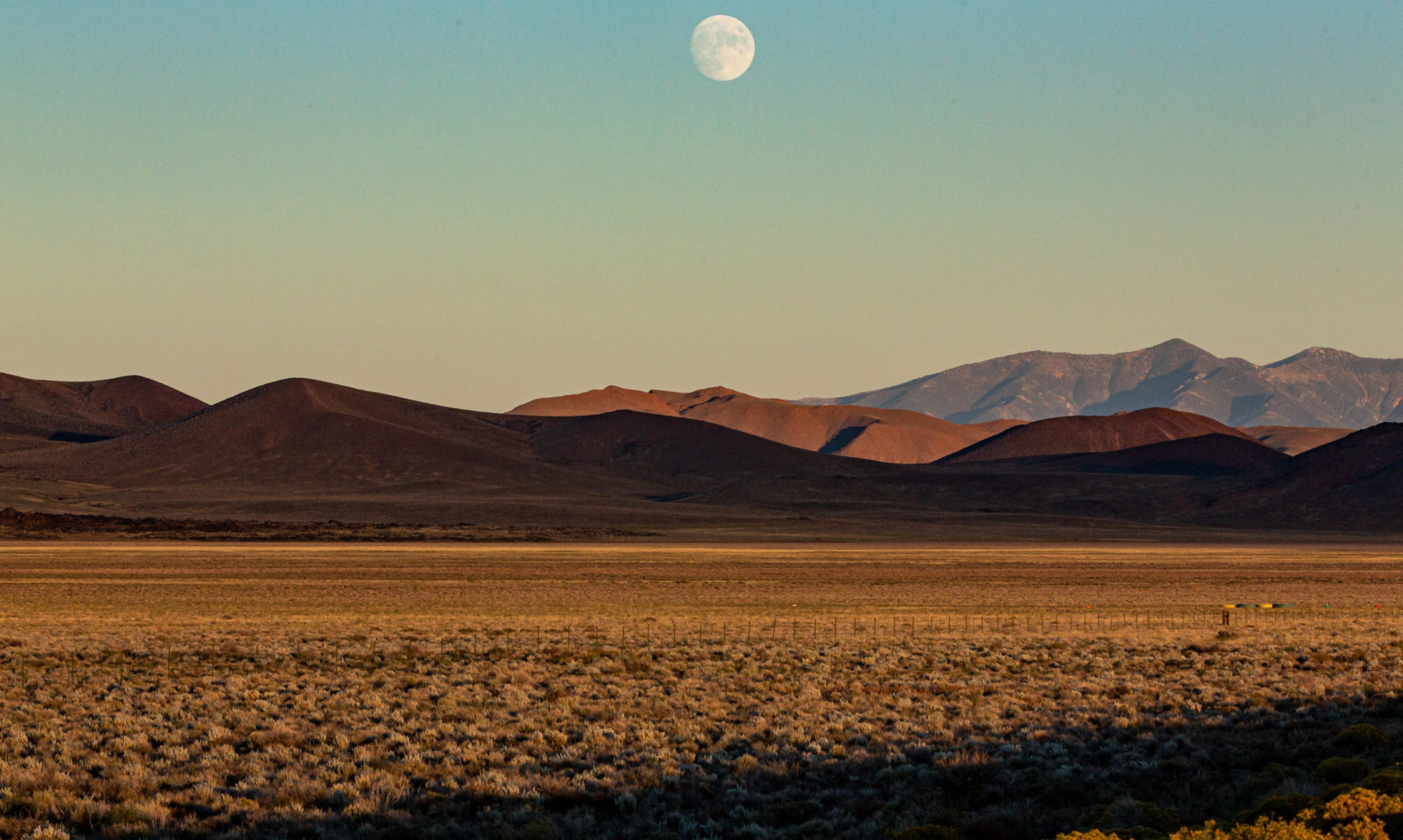The Infospigot household, plus special guest (and friend of Thom) Jane, took in the Oakland Athletics home opener tonight. The final score found the hometown nine at a steep deficit to the visiting Toronto Blue Jays, a result that left the 44,000 witnesses chilled and uncharmed. (Just a second and I’ll be done with what I believe is a bad Roger Angell impression.) But the team has 80 more home games to play, so hope abounds.
I’ll say this, though: Everything was close to OK before the umpire went and wrecked things by saying “play ball.”
The A’s stadium, which now goes by the name of McAfee Coliseum or something like that, is impersonally massive since its reconstruction a few years ago to accommodate the East Bay’s professional football team. The main charm the big concrete bowl had before the remodeling was a view over the top of the outfield bleachers to the Oakland Hills. There’s still just a sliver of that vista visible from the cheap third-deck seats (ours came with an unadvertised obstructed view), and the evening sunlight on the ridge — even with a hillside stripped by a gravel quarry — is always striking. Just before the anthems were played — Canadian first, then ours — I noticed a couple of big birds soaring just over the rim of the stadium to our left. I thought they were turkey vultures at first silhouetted glance — an addition to the pigeons, California gulls, and barn swallows that claim the Coliseum as home roost — but as we kept looking, we realized they were red-tailed hawks. Both swayed and wheeled around a light tower on the third-base side of the stadium, and both eventually settled onto the white-painted grating of a workers’ platform at the base of the lights.
Then the anthems. Even though a Canadian guy I met in Ireland in 1973 pointed out that “O Canada” is a militarist hymn (“Listen to what they’re saying — ‘O Canada, we stand on guard for thee.’ On guard!”), I’ve always liked it, and Kate and I sang the few words we knew. Then a singer started into “The Star-Spangled Banner,” a performance punctuated by loud fireworks. We sang along to that, too, despite my dislike of the current manifestation of our flag and patriotism cult.
But while we sang, both Kate and I kept scanning the sky around the stadium. Roy Steele, the public address announcer, alerted the crowd to expect a flyover from a pair of FA-18 jets from Lemoore Naval Air Station in the Central Valley (here’s a question: How much do those flyovers cost, and who pays?) when the anthem was done. Somewhere in the song’s last few bars, Kate said, “There they are.” And off to the southeast, a couple of tiny shapes trailing smoke headed for the rim of the stadium opposite us — heading straight for us, in other words. I said, “Stay way up there, you two.” There was just a dull roar till they climbed into the west behind us, then we were engulfed in a prolonged peal of thunder. I love seeing the big, fast planes. Too bad we can’t put them on permanent amusement duty.
Then the game started, and things went downhill from there. At least until the postgame scrambled eggs back here in Berkeley.
Like this:
Like Loading...
